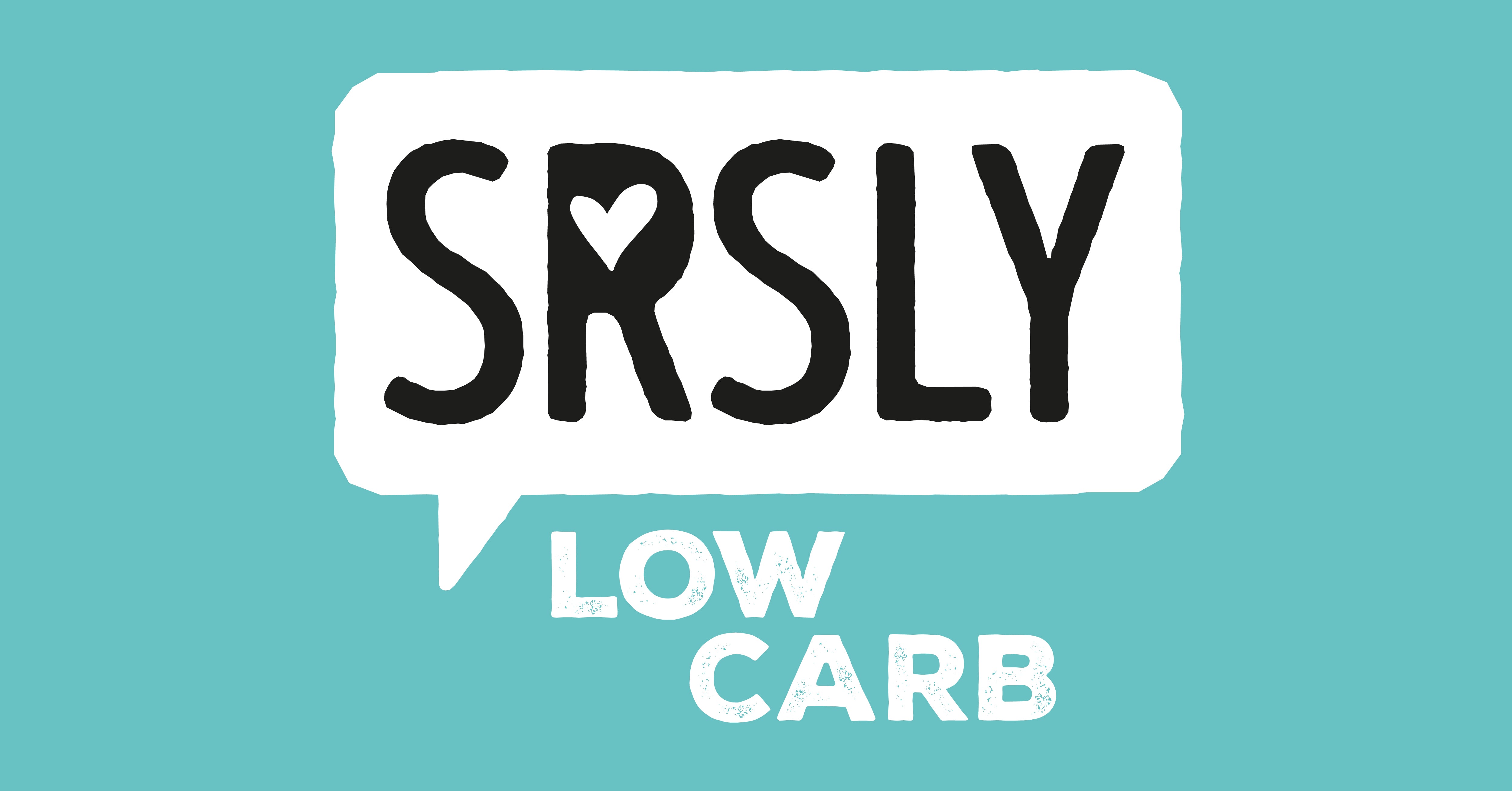Sadly it’s not at all uncommon. And especially so with the increased pressures that the health service has been under for several years, and the backlog that built up in the system.
Some enlightened surgeries encourage self monitoring, but those are significantly in the minority.
For many HCPs and diabetes nurses the main reason to self monitor is to check for hypoglycaemia, so surgeries are unlikely to prescribe a monitor and strips unless you are on a medication that can cause hypos.
There is research that people with type 2 find self monitoring depressing, inconvenient, painful and confusing. And there are scientific studies that show it has limited positive impact. However those same studies also acknowledge that there is a ‘subset’ of people with type 2 who find self monitoring very helpful, and for whom it can be a vital tool in their diabetes management arsenal.
I would say that whatever this subset is, it appears to be exactly the sort of people who join this kind of diabetes forum - who want to understand how their diabetes behaves, and who want a way of discovering, “Can I eat that?” or more accurately “How much of that is my body able to digest effectively?”
Nutritional guidelines and general principles can be extremely helpful, but unfortunately diabetes hasn’t always read the text book, and sometimes just decides to misbehave for larks. Swapping the glucose responses in people between two foods one of which is generally thought to be slow release and the other which has a reputation for being a bit tricky diabetes-wise.
I’ve even had the bizarre experience of spaghetti reliably and consistently having a different glucose absorption profile to pasta shapes. Same material… different shape - and a confoundingly different glucose response. Craziness!
Like to try using a BG meter to see how you respond to foods, the most affordable meters members here have found are the
SD Gluco Navii or the
Spirit Tee2 - which both have test strips at around £8 for 50. Some brands’ strips might cost £25 or more for a pot of strips.
😱
One popular strategy on the forum is then to take pairs of readngs - immediately before eating, and again 2hrs after the first bite. Ideally you’d want to see a ‘meal rise’ of no more than 2-3mmol/L between the before and after readings. In a sense, to begin with the actual numbers themselves are almost less important than the rise. If you can tweak your menu, and base your meals around foods that keep your meal rises down, then your overall levels will come down gradually on their own.


